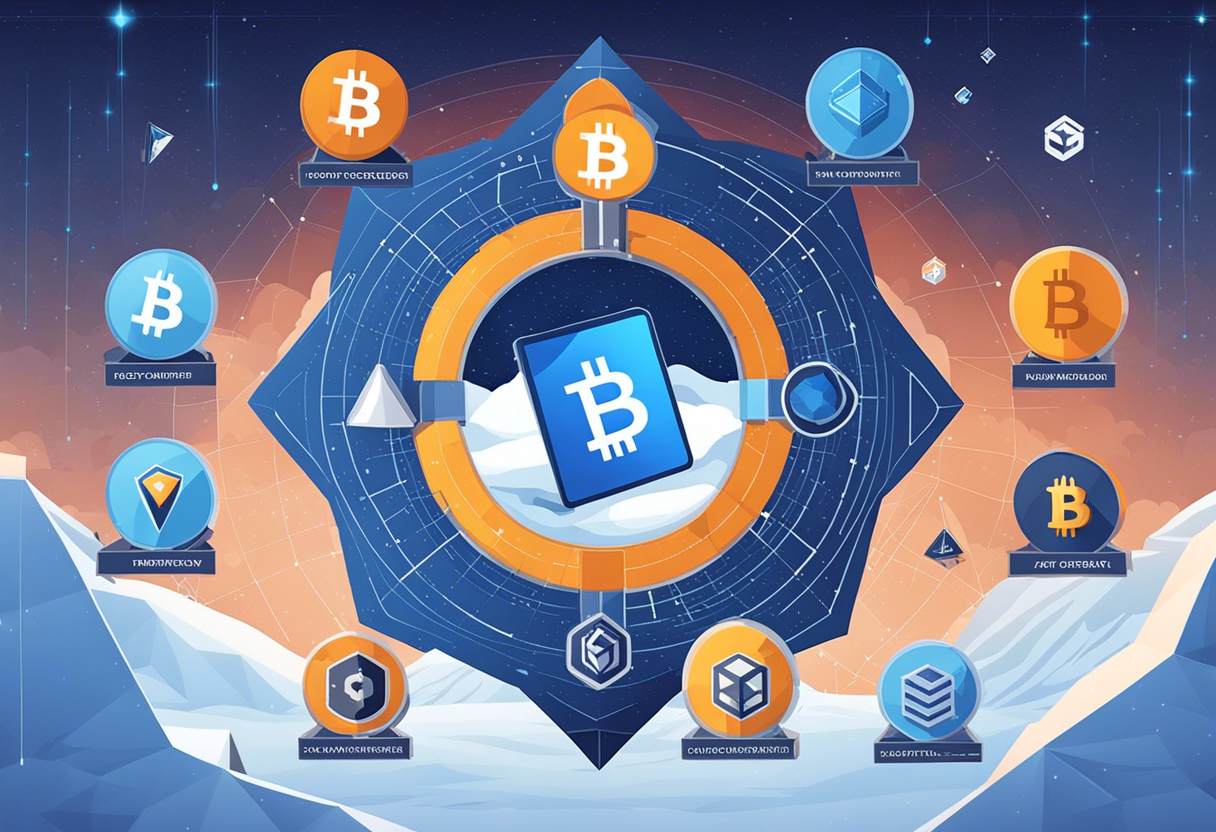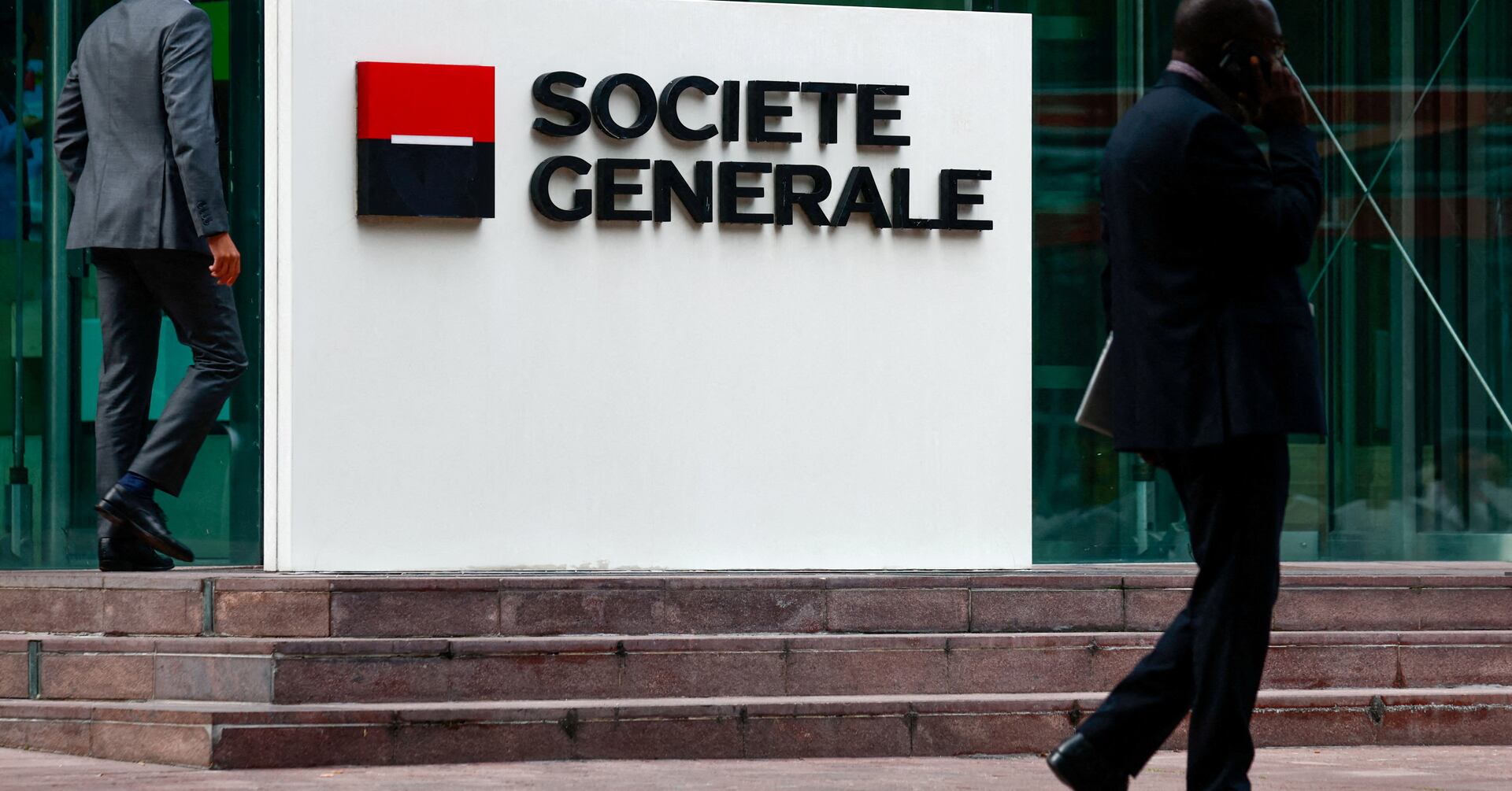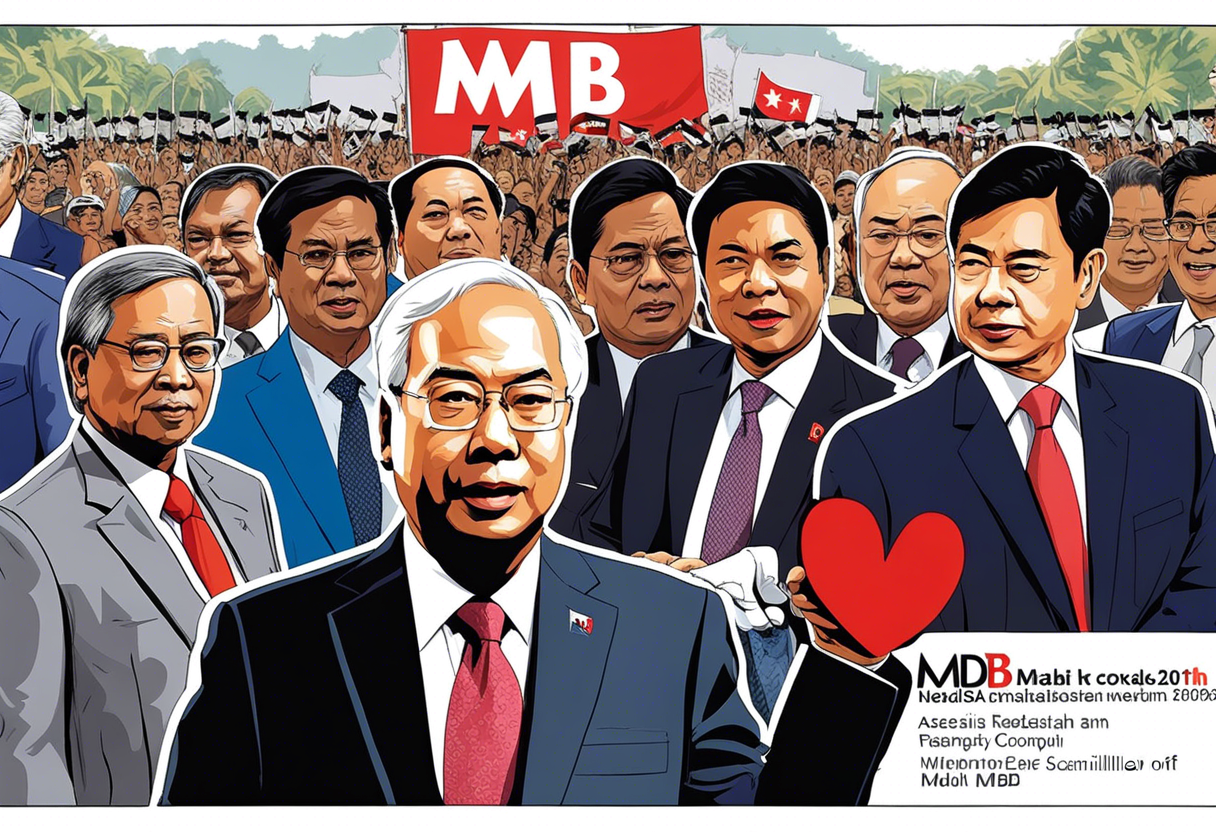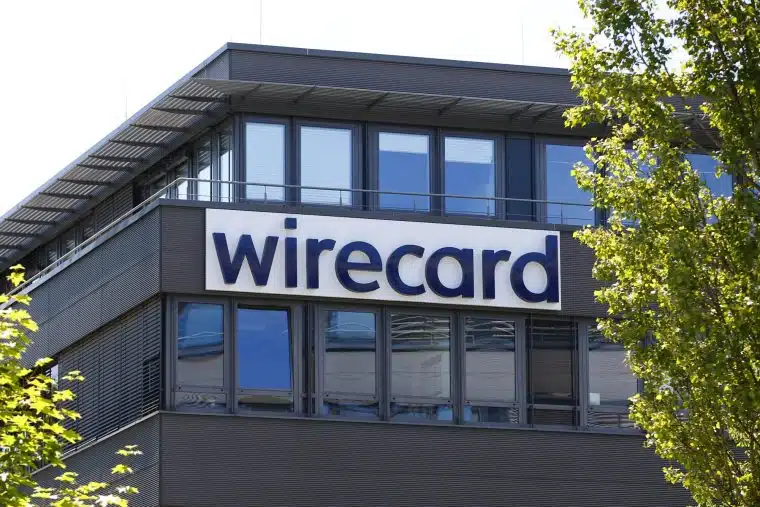Mastering the Madness: Seven Relative Strength Movements Fueling the Meme Stock Frenzy
The stock market is often perceived as a complex, intricate, and highly regulated arena of finance. Yet, in recent years, we've seen a new phenomenon that has disrupted this perception: the rise of meme stocks. Meme stocks are shares in companies that see a sudden, exponential increase in value, not because of their financial performance, but due to hype and speculation driven by retail investors on social platforms like Reddit. One of the key strategies these investors use to identify potential meme stocks is relative strength movements. This approach involves comparing the performance of different securities or market sectors to identify areas of strength. Now, let's delve into the seven relative strength movements that have been fueling the meme stock frenzy.
The Power of Social Media

The first relative strength movement is the power of social media. Platforms like Reddit, Twitter, and TikTok have become hotbeds for discussions about potential meme stocks. The subreddit r/WallStreetBets, for example, has been instrumental in driving the GameStop and AMC stock frenzies. The power of social media lies in its ability to rapidly disseminate information (or misinformation), influencing the decisions of retail investors. This strength can cause a stock's price to skyrocket, demonstrating the significant impact of social media on the stock market.
The Role of Retail Investors
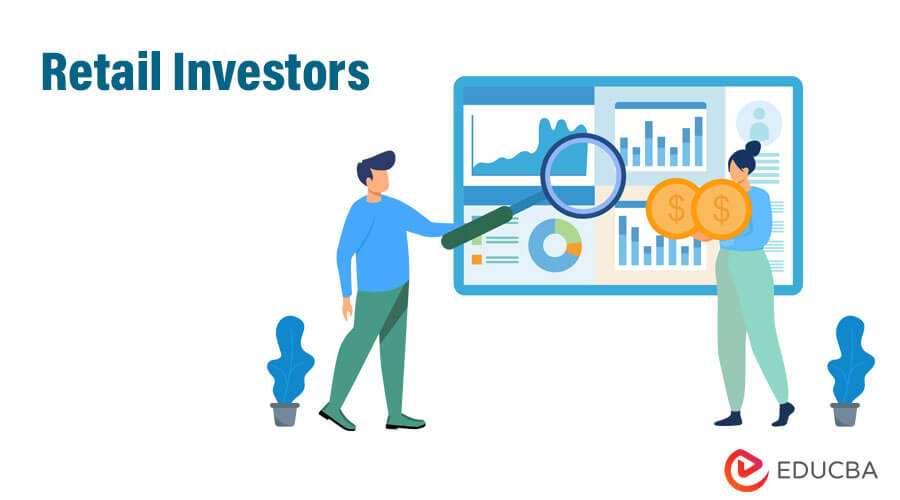
The second movement is the increasing influence of retail investors. In the past, the stock market was dominated by institutional investors who had access to sophisticated analytical tools. However, the advent of commission-free trading apps like Robinhood has democratized investing, allowing retail investors to play a more significant role. These investors often rely on relative strength indicators to identify potential meme stocks, contributing to their sudden increase in value.
Short Squeezes
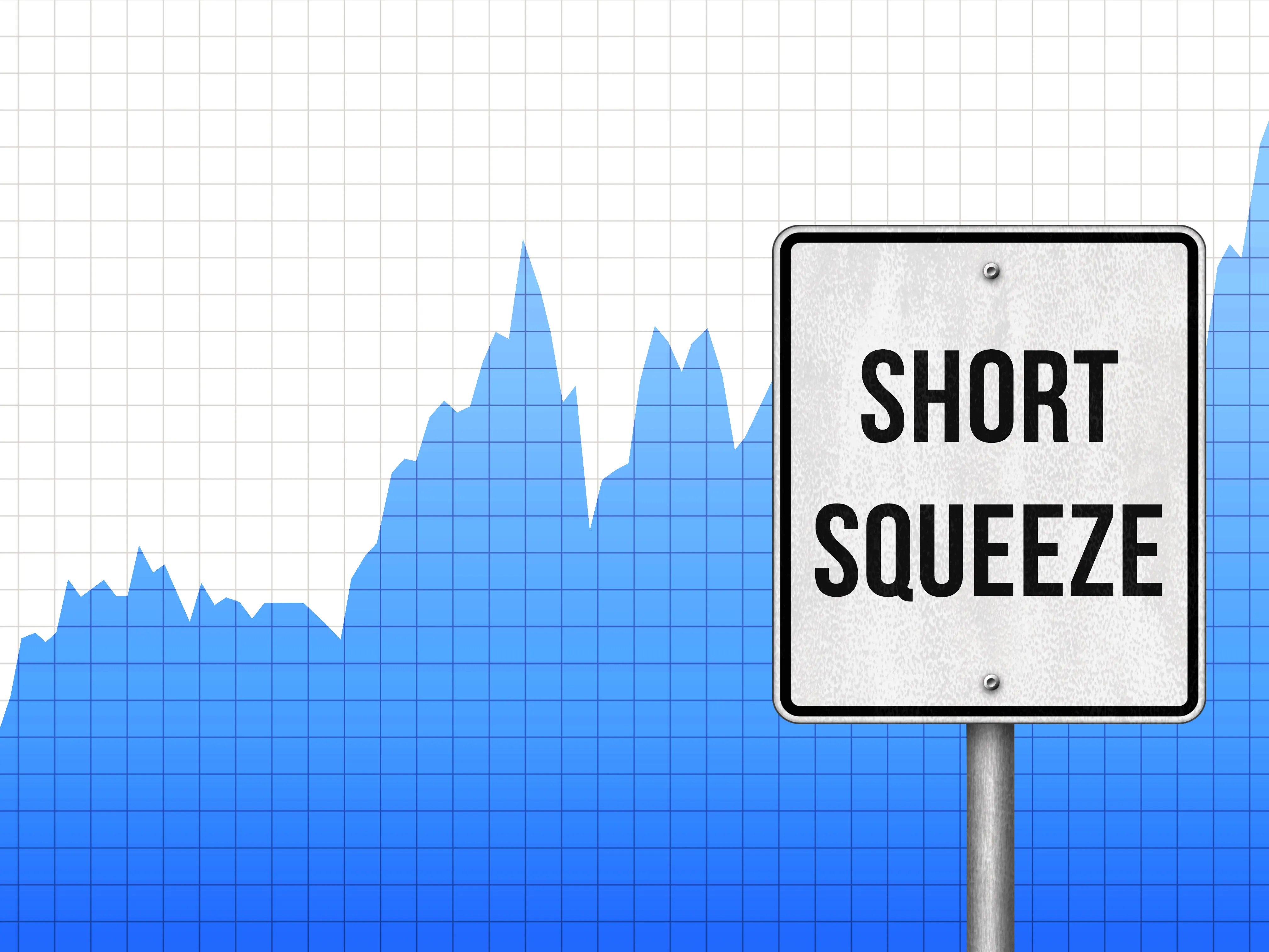
The third movement is short squeezes. A short squeeze occurs when a stock's price increases drastically, forcing short sellers to buy the stock to cover their positions, which further drives up the price. This strategy was seen in the GameStop frenzy, where retail investors targeted stocks with high short interest, causing a massive short squeeze. This relative strength movement demonstrates the power of collective action in the stock market.
The FOMO Factor

The fourth movement is the Fear of Missing Out (FOMO). As a stock begins to rise, more investors jump on the bandwagon, hoping to profit from the trend. This fear-driven buying can cause a stock's price to increase even further, creating a feedback loop. The FOMO factor is a significant contributor to the volatility seen in meme stocks, demonstrating the emotional aspect of investing.
Market Manipulation
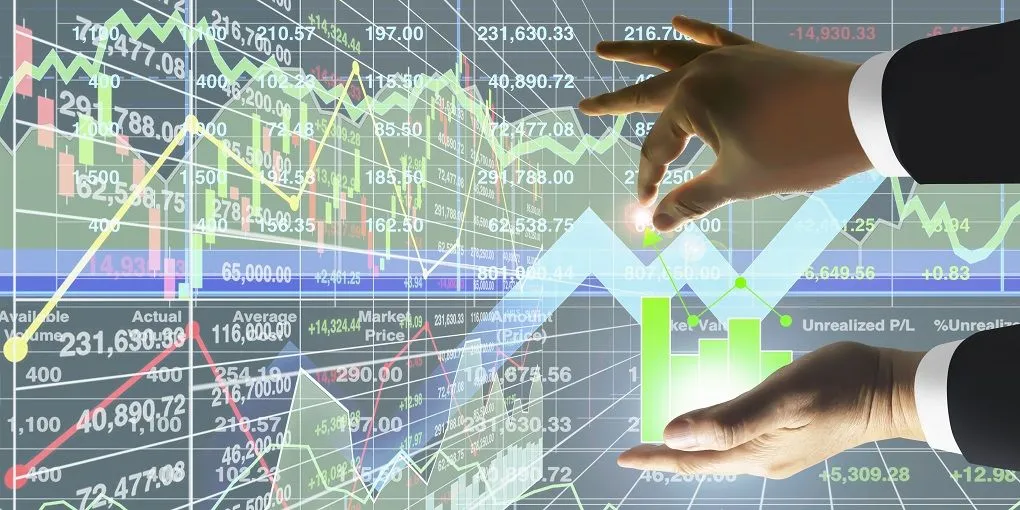
The fifth movement is market manipulation. While the stock market is regulated, there are still instances of market manipulation, where individuals or groups influence a stock's price for their benefit. This manipulation can be seen in the pumping and dumping of meme stocks, where the price is artificially inflated, and then the stock is sold off, causing the price to plummet. This manipulation demonstrates the darker side of the meme stock frenzy.
The Role of Media Coverage

The sixth movement is the role of media coverage. Media outlets play a crucial role in shaping public perception of meme stocks. Positive coverage can drive up a stock's price, while negative coverage can cause it to fall. The media's role in the meme stock frenzy highlights the importance of information in the stock market.
The Future of Meme Stocks
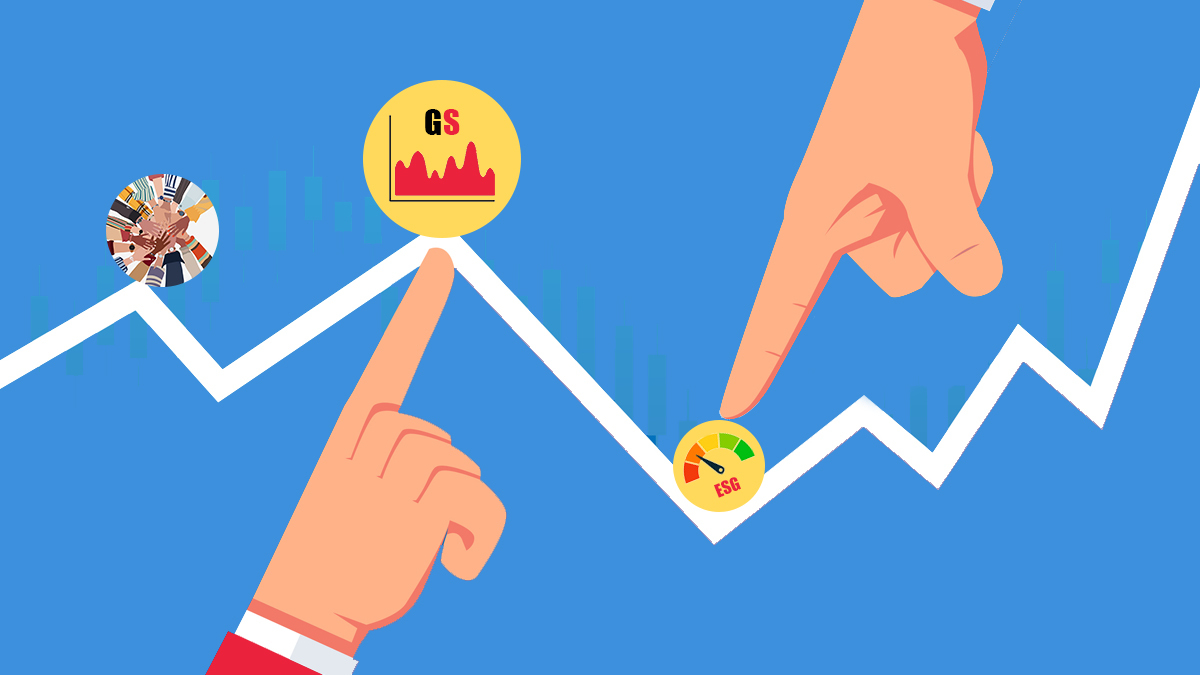
The final movement is the future of meme stocks. As the stock market continues to evolve, so too will the meme stock phenomenon. While some believe that meme stocks are a bubble that will eventually burst, others see them as a new form of investing that is here to stay. Regardless of the future, the meme stock frenzy has highlighted the power of retail investors and the impact of social media on the stock market, changing the way we view investing forever.




